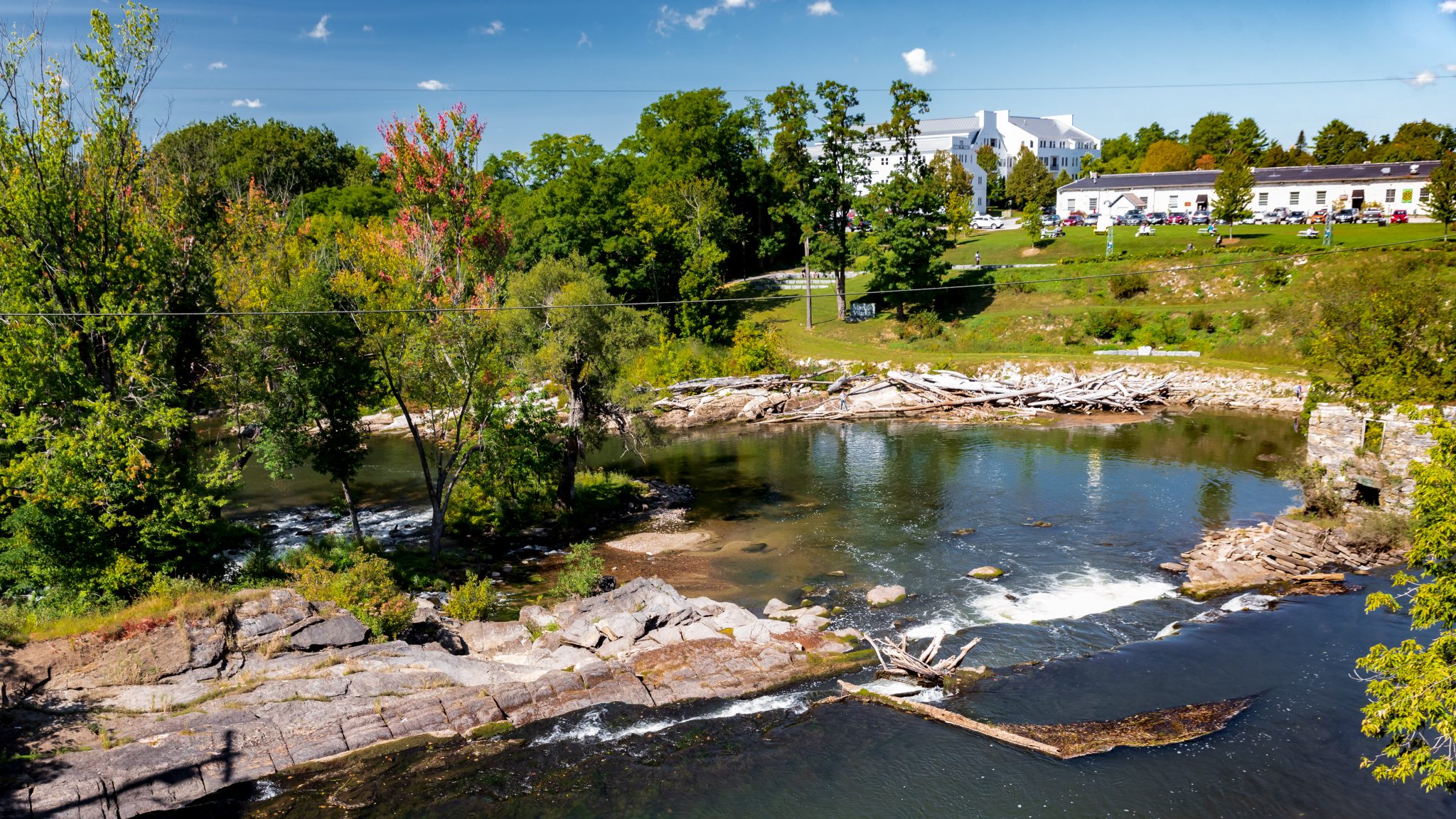This commentary is by Jon Groveman, Policy and Water Program Director at the Vermont Natural Resources Council. It also appeared in VTDigger, the Bennington Banner the Brattleboro Reformer, and the Times Argus.

In 1970, when Governor Deane Davis signed Act 250 into law, he advanced a vision shared by Vermonters who wanted to protect Vermont’s unique cultural and historic ties to the land by addressing the environmental impacts of development, while allowing for economic prosperity. Fifty years later, many still hold that vision of safeguarding our open fields and forests while investing in vibrant downtowns.
H.926, a bill taking shape in the Senate to modernize Act 250, represents a balanced approach to improving the law: encouraging development where we want it to occur in our state designated downtowns and neighborhoods, while increasing protections for our forests, headwaters and environmentally sensitive areas. This approach would promote increased water quality by investing in the protection of our most important natural infrastructure – our forests, wetlands and floodplains. It would also address operational concerns expressed by forestry-related businesses, and promote a separate environmental review process for Vermont’s burgeoning recreational trail economy.
Some have raised concerns that the proposed Act 250 exemptions for development in certain formally designated smart growth areas — areas where prioritizing development builds community and protects rural and working lands — would increase flooding and pollute our waters. These concerns are not well founded.
If H.926 becomes law, developed areas in our cities and towns would remain subject to state requirements to control stormwater runoff. In addition, cities and towns would still be required to manage new sewer hookups to remain within the capacity of existing wastewater systems. The suggestion that this function is being lost with the removal of ANR review of these hookups is incorrect.
To help ensure that the exemptions do not alter the basic protections provided by Act 250, the exemptions would only apply to state designated downtowns and areas called Neighborhood Development Areas (NDAs) that are formally designated by the Vermont Downtown Board. To be awarded a designation a municipality must prove that it has wastewater capacity to serve new development. Moreover, because of a new provision in H.926, these designations would now be appealable, providing an additional level of accountability to ensure that designation decisions are made in accordance with the law.
The fact that H.926 does not alter the basic protections provided by Act 250 is not to say that the current system is sufficient. We still have much work to do in our state to reduce and control stormwater runoff, eliminate sewer system overflows, and give our rivers room to move.
With regard to the issue of flooding, H.926 actually updates the Act 250 criteria addressing flood impacts to reflect modern science around river corridors, which addresses the erosion hazards so common in Vermont, in addition to development in floodways and floodplains. This provision would significantly improve the ability of Act 250 to address impacts on river corridors and flooding in ways it is not able to do today.
Concerns have also been raised about the impact of H.926 on discharges to waters during significant rain events when stormwater mixes with effluent in wastewater treatment plants. These discharges are known as Combined Sewer Overflows (CSO). CSO events are a problem in Vermont, worsened by the fact in 1972 the Clean Water Act did not prohibit combining surface and wastewater by shipping both to wastewater treatment facilities. It is incumbent on us to redesign our systems to ensure that stormwater does not overwhelm the plants during intense rain events. However, a moratorium on development that connects to facilities where CSOs occur does not address the underlying long term CSO problem at all.
We need to fix the CSO problem by investing a significant amount of money to update our wastewater infrastructure and taking other steps to reduce the volume of stormwater flowing into wastewater facilities, not by pushing development into undeveloped areas where it will be even harder to protect water quality. H.926 is one of the best opportunities in many years to accomplish this and more, while maintaining a commitment to the core vision of promoting growth in and around downtowns while protecting farmland and forests. Honoring this core vision is one of our best hopes for responding to the threats of increased pollution, flood risks, and climate disruption that are yet to come.





